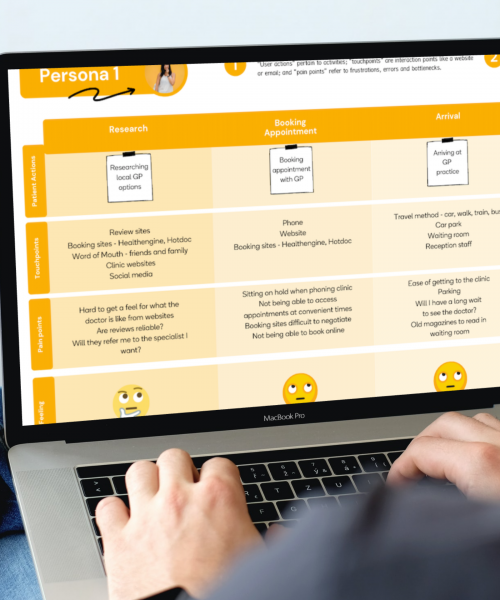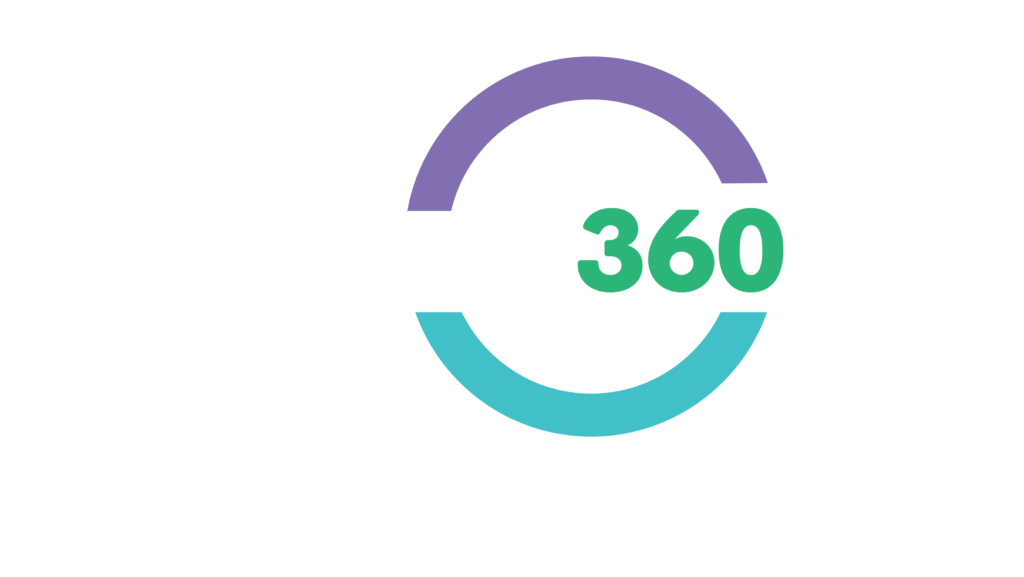Patient Journey Mapping: What is it and How Should You Use it?
What is Patient Journey Mapping?
The backbone of patient centred care is a thorough understanding of your patients and their experiences through your practice, healthcare team, systems, products and services. The most effective way to gain this understanding is through the process of patient journey mapping.
Patient journey mapping is a visual representation of your patient’s interactions across your healthcare service including:
- The different phases they pass through as part of their care journey (this might begin with researching options for healthcare, then making an appointment, right through to the follow up care they might receive after they have left your practice)
- The staff, systems and information they interact with through each phase
- The data they provide and how you use this data to measure your performance at each stage
- How the patient might be feeling at each stage and what you can do to help alleviate some of the concerns they might be having
If done correctly, patient journey maps will help you identify insights, opportunities and gaps in your patient’s healthcare journey which, if addressed, can help you increase patient retention, build staff loyalty and help you achieve significant revenue gains for your practice.


Getting Started with Patient Journey Mapping
At Experience 360, our approach to patient journey mapping is grounded in the theories of design thinking and centres around co-designing the patient experience in consultation with the patient, carers, family, staff and other stakeholders in order to deliver better outcomes.
This approach involves all stakeholders exploring the care pathway and the emotional journey patients experience along it. These experiences are captured and we work together to understand these experiences and how to improve them. This insight is usually captured through a combination of stakeholder focus groups, customer data analysis and organisational process documentation review.
3 Mistakes to Avoid When You Develop a Patient Journey Map
Without patient journey mapping, your practice is essentially flying blind in terms of knowing where you are falling short with your patient experience.
By taking the time to complete a detailed journey map, you get a step-by-step guide that your practice can follow to ensure a consistent and high quality experience for every patient.
From our extensive experience in working with clients to help them map their different patient journeys, we have uncovered three common mistakes that many people make when undertaking patient journey mapping:
Beginning without the end in mind is the first mistake organisations make.
They jump into the mapping process with enthusiasm and vigour. But forget to define the ultimate destination.
But it doesn’t have to be that way. By taking the time to define what you want to achieve with journey mapping, you can avoid this problem.
That’s because a clear target makes everyone more likely to engage in the journey mapping process. This helps you to get meaningful, actionable results, and to hit the bullseye when it comes to improving the patient experience.
Patient journey mapping is a bit of a buzzword at the moment.
All the ‘cool kids’ are using it. And many organisations add it into strategic plans without understanding the concept.
If you are going to take the time and effort to develop a patient journey map, make sure you are committed to bringing that journey to life with your patients and sharing it with all the stakeholders in your practice who will have an impact on it.
Patient journey mapping is not process mapping.
Many healthcare services try to turn journey mapping into a process. They look at the touch points through the stakeholder’s eyes instead of the patient’s eyes.
You should always develop journey maps from the patient’s point of view. That’s the only way to identify emotions, pain points and moments of truth. It’s the only way to understand your patient and improve their experience.
Of course, this is a lot harder than it sounds. It can take years of experience, trial and error.

Experience 360 - How We Help
Understanding Patient-Centred Care
What is Patient-Centred Care?
Learn More...
Patient-Centred Care in Practice
What Does Patient-Centred Care Look Like?
Learn More...
Getting Started With Patient-Centred Care
How Do I Get Started With Patient-Centred Care?
Learn More...
Patient Journey Mapping
What is Patient Journey Mapping?
Learn More...
Addressing Patient Reviews and Complaints
Patient Reviews and Complaints: What Do I Do?
Learn More...

